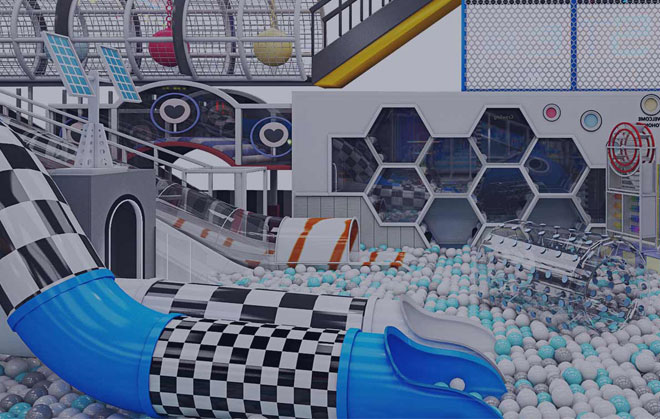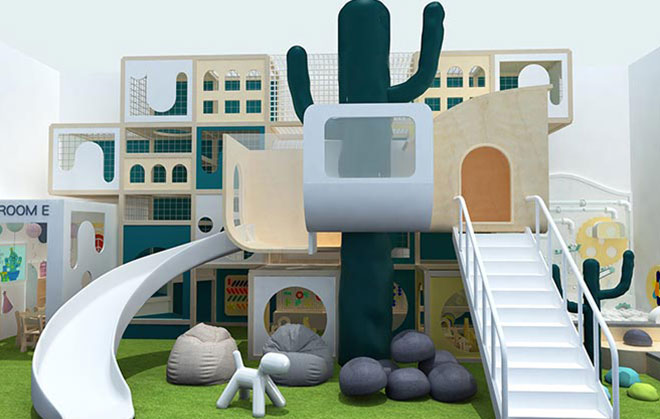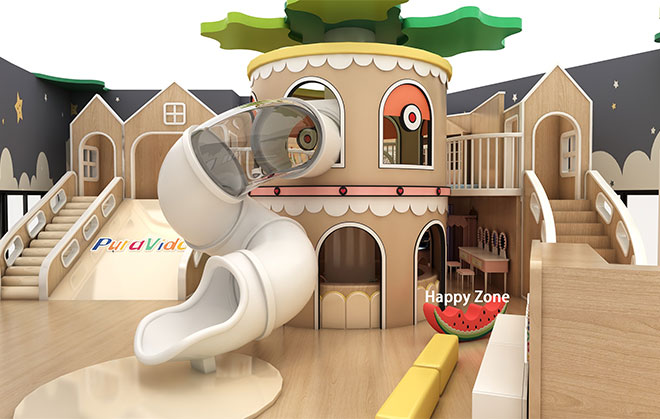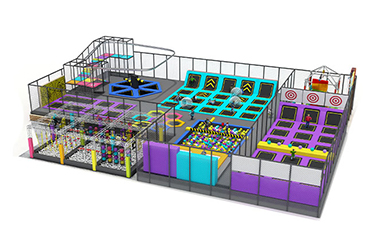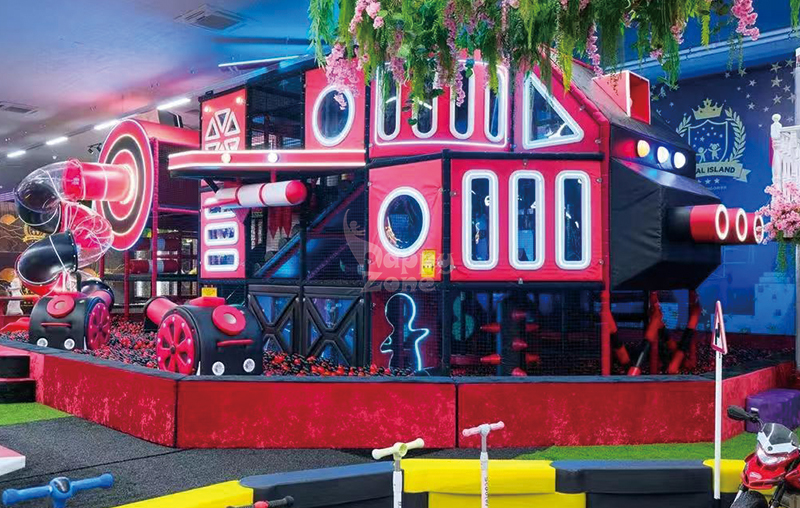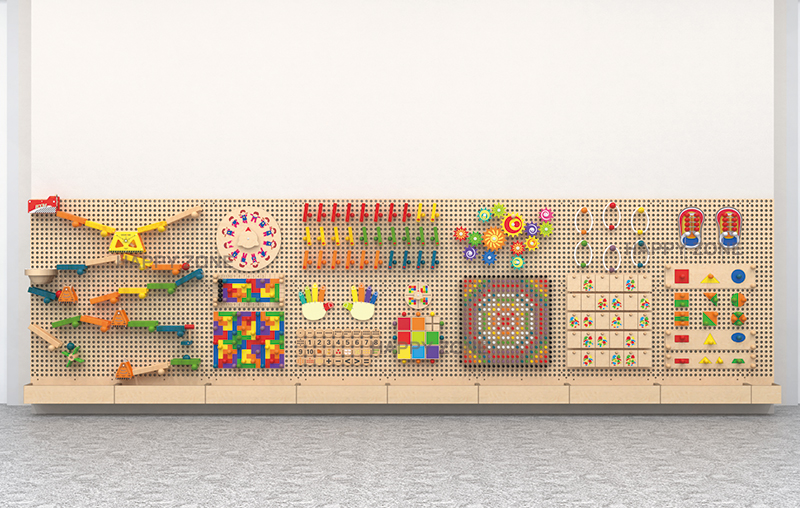Product Catalog
In an era where children are increasingly drawn to digital screens and sedentary activities, the importance of outdoor play and physical activity cannot be overstated. Natural wooden playgrounds offer a refreshing and enriching alternative, providing a host of benefits that go beyond simple entertainment. These playgrounds, crafted from sustainable wood materials, have emerged as a popular choice for parents, educators, and community planners alike. Here are the numerous advantages of natural wooden playground equipment, highlighting how it contributes to children's physical, cognitive, and social development.
1. Physical Health Benefits
• Enhanced Motor Skills and Fitness: Unlike many modern plastic or metal playgrounds, wooden structures encourage a wide range of physical activities. Climbing walls, ladders, and ropes challenge children's muscles and motor skills, while swings and slides provide opportunities for cardiovascular exercise. For example, a wooden climbing tower with multiple levels and obstacles requires children to use their arms, legs, and core muscles to navigate, enhancing their overall physical fitness.
• Improved Balance and Spatial Awareness: The uneven surfaces and textures of wooden playgrounds stimulate the body's proprioceptive system. This helps children develop a better sense of spatial awareness and balance, as they constantly adjust their movements to the natural contours and variations of the wooden equipment.
2. Cognitive Development Benefits
• Stimulation of Creativity and Imagination: The natural elements and materials in wooden playgrounds, such as wood, sand, and water, inspire creativity in children. Unlike standardized plastic play equipment, wooden structures often have irregular shapes and textures. A simple wooden log can be transformed into a boat, a bridge, or a magical wand, depending on a child's imagination. This open - ended play promotes problem - solving skills, critical thinking, and innovation.
• Reduced Stress and Improved Concentration: Being surrounded by nature in a wooden playground has been shown to reduce stress and improve concentration in children. The calming and natural environment creates a more conducive setting for learning and exploration, allowing children to focus better on their play and activities.
3. Social Development Benefits
• Fostering Interaction and Teamwork: Natural wooden playgrounds tend to foster a sense of community among children. The shared experience of playing on wooden structures encourages interaction, communication, and teamwork. Children learn to take turns, share space, and cooperate to achieve common goals, like building a fort or completing an obstacle course together.
• Role - Playing and Social Skill Development: A large wooden playhouse, for instance, can become a gathering place for role - play. Here, children share stories and develop essential social skills such as empathy, communication, and leadership. Additionally, the inviting atmosphere of wooden playgrounds often attracts families and community members, creating more opportunities for social interaction.

4. Environmental Advantages
• Renewable and Sustainable: Wood is a renewable resource. When sourced from sustainable forests, wooden playground equipment has a lower environmental impact compared to synthetic materials. At the end of its lifespan, it can be recycled or composted, reducing waste and minimizing the carbon footprint.
• Aesthetic Harmony: Natural wooden playgrounds blend seamlessly with the surrounding environment. They enhance the aesthetic appeal of parks and public spaces, creating a more natural and harmonious setting that benefits both children and the local ecosystem.
5. Durability and Safety Features
• Long - Lasting Construction: High - quality wooden playgrounds are designed to withstand the elements and heavy use. Treated with special coatings and finishes to protect against rot, insects, and weather damage, they ensure a long lifespan.
• Safety - First Design: Wooden materials are less likely to become extremely hot in the sun compared to metal, reducing the risk of burns. Modern wooden playground equipment also features rounded edges, non - slip surfaces, and appropriate fall protection systems. Regular maintenance and inspections further ensure the safety of the equipment.
6. Educational Opportunities
Natural wooden playgrounds offer educational value. Children can learn about different types of wood, plants, and animals, fostering an appreciation for nature. Some wooden playgrounds even incorporate educational elements like nature trails, plant identification signs, or interactive exhibits, enhancing children's knowledge of the natural world. This hands - on learning is especially valuable in urban areas where children may have limited access to nature.
In conclusion, natural wooden playground equipment provides a wealth of benefits for children, communities, and the environment. From promoting physical health and cognitive development to fostering social skills and environmental awareness, these playgrounds offer a holistic and enriching play experience. As we continue to prioritize the well - being and development of children, the installation and maintenance of natural wooden playgrounds should be encouraged. Whether in schools, parks, or residential areas, these playgrounds have the potential to create a positive and lasting impact on the lives of children, while also contributing to the creation of more sustainable and vibrant communities.









